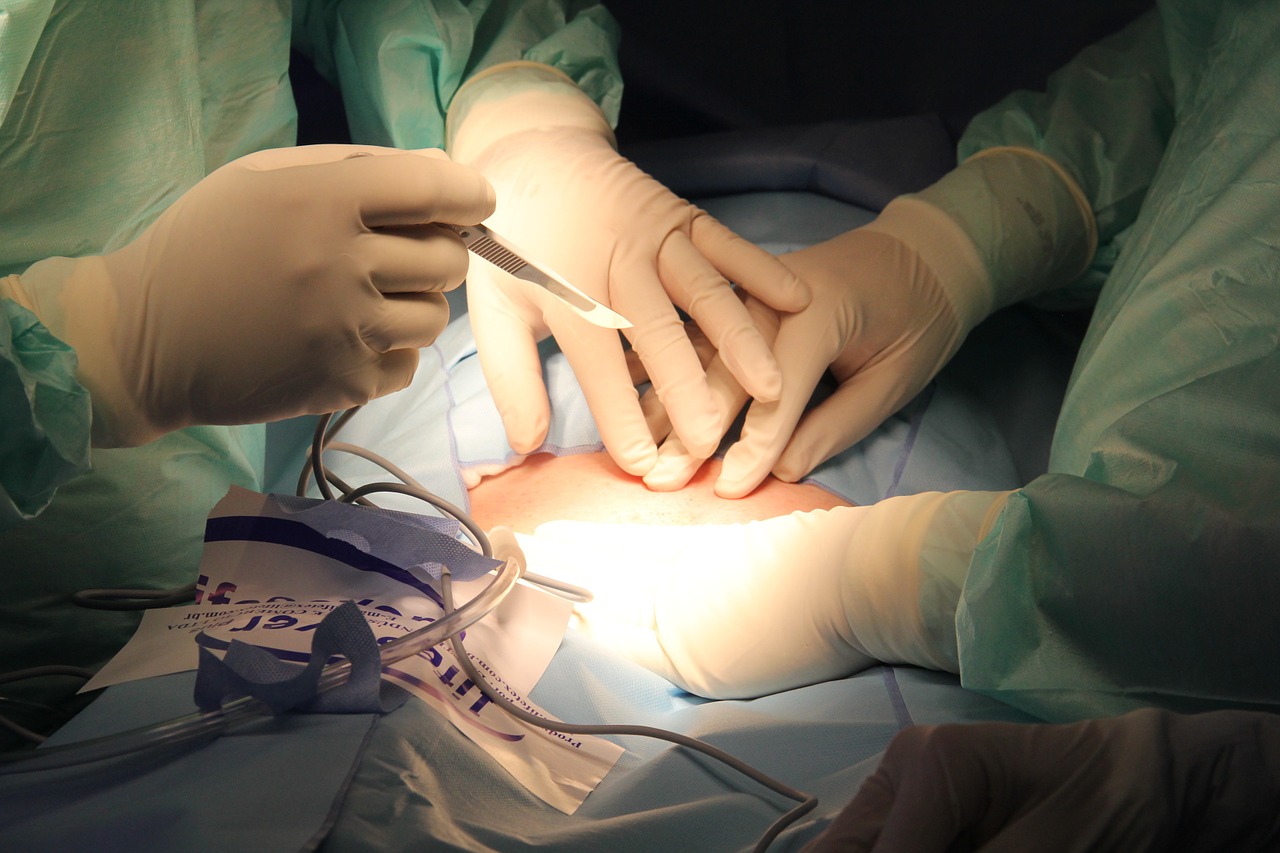
Mass transportation is unavailable in all parts of the United States, unlike other countries, due to infrastructure issues and spread-out spaces. For this reason, many medical residents may consider buying or leasing a car during residency. It may not be such a simple question. Several times my residents have asked that I write a post on this subject matter. So, I will define what it means to lease a car and then explain how I would decide to buy versus lease a car with multiple thought experiments and comparisons.
What Is A Car Lease?
A car lease is a hybrid between buying and renting a car. It allows the lessor to spend a portion of the entire vehicle cost over a fixed period, usually with the option to buy the car at the end of the lease period at a depreciated amount. Monthly payments are typically less than a car purchase since it does not include the entire vehicle cost. The lease cost usually consists of the depreciating price of the car and monthly interest. The lease can contain additional fees in the monthly bill, including a charge for going over a fixed limit of miles and sometimes additional insurance costs not factored into a bought car.
The lessor will often put down a nominal fee at the beginning of the lease period. Bottom line- leasing a vehicle lets the lessee enjoy a more expensive car than they could typically afford with lower monthly payments. But the big question is- do they come at a significant cost?
Examples of Buying Vs. Leasing Cars
Whenever I make a financial decision, I like to take a mental picture of the different financial possibilities using thought experiments. Otherwise, it can be hard to understand the subtleties of the other arrangements. So, I am going to do just that with a typical car. I will assume the vehicle costs about 30000 dollars and that we will buy or lease the car over three years. Cars can be less costly if bought used, but for the point I am trying to make in this article, buying or leasing a new versus used car should not change the conclusions. In my first example, I will assume that we will hold the vehicle we purchased for over ten years and compare that to the costs of leasing for three years and buying out the lease after the three years are over. So, let’s do just that.
Scenario 1- Buying and Holding for 10 Years Vs. Leasing And Buying Out A Lease
Buying A Car
Let’s say the interest rates are 3% on the three-year loan for a new car and the lease. And, we will put down a nominal amount on the vehicle on both the car purchase and lease- say 2000 dollars on both. So, what are the monthly and total costs of buying a car over the entire period? To determine that, I will use one of my favorite financial programs in the world- a simple amortization calculator on the web from Bret Whissel called Amortization Calculator. So, the monthly payments on a bought car over three years after the nominal down payment is approximately 814 dollars for a total cost over the three-year loan of around 29313 dollars. The total cost of purchasing the vehicle will be 2000+29313 dollars or 31313 dollars.
Leasing A Car
How does this compare to the monthly payments on a three-year car lease? Let’s do the calculations. One of my favorite rules for determining the depreciation of a car that approximates reality is the rule of 10+9+8+7+6+5+4+3+2+1. For each year that you have owned the vehicle for up to 10 years, you can match the price of the car by taking the number of years that you have owned the vehicle, adding the numbers from highest to lowest for that period, and then dividing by the rule’s total (55). So, in this case, the amount of depreciation over three years would be 10+9+8/55 or 49%.
Alternatively, you can use a slightly more accurate calculator such as this one from Money-zine and develop a depreciation percentage of approximately 39%. For the sake of “accuracy,” we will use the more accurate calculator. The initial lump sum of 3-year monthly payments will be (0.39) (30000-2000) or 10920 without interest. Calculating interest at a 3% rate and using the amortization calculator, the monthly payments will be 317.57 dollars, and the total sum of payments over the three years will be 11433 dollars.
The Verdict
According to the calculations, the car’s residual value will now be 30000*(1-0.39) or 18300 dollars. Remember, the 2000 dollars you put down on the car does not contribute to the principal/cost basis of the vehicle. So, let’s finance the residual value payments over three years again at 3%. The monthly payments this second time around for buying the car out of the lease will be about 532 dollars, and the sum of the charges will be 19159 dollars. So, the total cost of the vehicle after leasing and then buying out the lease will be 2000+11433+19159 dollars for a total of 32592 dollars, not including additional leasing fees. The extra cost for leasing and buying out the car to get the lower payments vs. buying over three years is a mild difference of 32592-31313 or 1279 dollars total.
Scenario 2- Buying and Holding Vs. Continually Leasing for 10 Years
In the second example, I will compare leasing costs when you do not buy out the lease, continually leasing cars every three years over ten years, and compare that to buying and holding a car for ten years. So as in our first example, the initial cost of leasing the vehicle over three years will be 11433+2000 dollars. Let’s assume you will do that three and a third times over ten years. So, our total costs for leasing a car continually over the ten years would be 3.33*(11433+2000) or 44732 dollars.
For comparison, when we buy and hold a car for ten years, there will likely be increased repair costs for keeping a relatively older car. Let us then go ahead and add 500 dollars per year in repair costs after the initial three years of the loan for buying the vehicle. We will add that to the former loan price in the previous example or 31313+(7*500) or 34813 dollars. So, the additional cost for leasing a car continually over ten years compared to buying a car and holding for ten years would be 44732-34813 dollars or 9919 dollars, almost a third of the price of a car!!!
Scenario 3- Buying and Holding vs. Continually Leasing for 10 Years With Tax Deductions
In the third example, I will assume that the resident will moonlight and can deduct the car’s depreciated value from their total income annually at 25%. We will again compare the costs of releasing a vehicle every three years over ten years and compare that with buying and holding a car for ten years. Assuming you can deduct the depreciation from your salary, the new costs of leasing a vehicle would be [11433 (1-0.25) +2000]*3.33 or 35214 dollars over ten years. In this situation, the additional cost for continually leasing a car over ten years would be 35214- 34813 dollars or 401 dollars, which is more reasonable.
Scenario 4- Buying and Selling Over 10 Years vs. Continually Leasing Over 10 Years
In this example, I will compare what it would cost to buy and sell a new car every three years, assuming a 30000 dollar price tag for ten years without leasing vs. the cost of leasing cars over ten years. Most residents don’t like the hassle of constantly buying and selling cars, but it would be interesting to compare with leasing over the same time. So, let’s do the calculations.
Based on our initial scenario, buying the car every three years would cost 31313 dollars. So let’s assume we can sell the car every three years for 31313 dollars*(1-0.39) or the depreciated value of 19101 dollars. So, the cost over ten years would be 3.33*(31313-19100) for 40669 dollars. The additional cost for leasing cars over ten years vs. buying and selling cars over ten years would be 44732-40669 dollars or 4063 dollars, a moderate difference.
Scenario 5- Buying and Selling Over 10 Years vs. Continually Leasing Over 10 Years With Deductions
Finally, let’s compare the cost of leasing over ten years with the ability to deduct the depreciated lease value from your taxes compared to buying and selling cars every three years for ten years. The calculations were performed in several scenarios above, making these calculations easy. So, the total in this situation would be 35214 dollars for leasing and 40669 dollars for buying and selling over ten years. This scenario is one where it would be less costly to lease for a total savings of 40669-35214 dollars or 5455 dollars total.
What Can We Conclude Based on These Scenarios?
We have crunched all the numbers, and what can we conclude? The most stark difference under all these scenarios is between continually leasing a car for over ten years and buying and holding it for ten years. You would theoretically save 9919 dollars over ten years if you buy and own a vehicle, approximately 1/3 the car’s value. That’s a lot of money!!!
If you can deduct the car’s depreciated value from your income, then leasing a car every three years for ten years will be a slightly higher cost than holding on to a vehicle for ten years. If you like new cars, this proposition can make some sense.
Finally, the finances are almost always in favor of buying a car except for the one situation where you have to decide between leasing a car every three years for ten years and buying and selling a car every three years for ten years with the condition that you can deduct the depreciated lease value from your taxes because you are an independent practitioner/moonlighter/consultant. This situation would be highly unusual.
Final Thoughts
Always crunch the numbers based on your inputs (these may vary slightly from mine). But, for most residents, if you need a ride to work and must have a car- buy a car and avoid the lease. A lease will put you behind the eight ball over your initial working years, especially when getting rid of your student debt and beginning your savings/investments is crucial. On the other hand, if you can deduct the car’s depreciated value from other self-employment income, you can argue to lease instead of buy. And finally, if you are in the fortunate situation of being able to walk to work every day, perhaps you can do without a car altogether and save some money!!!










